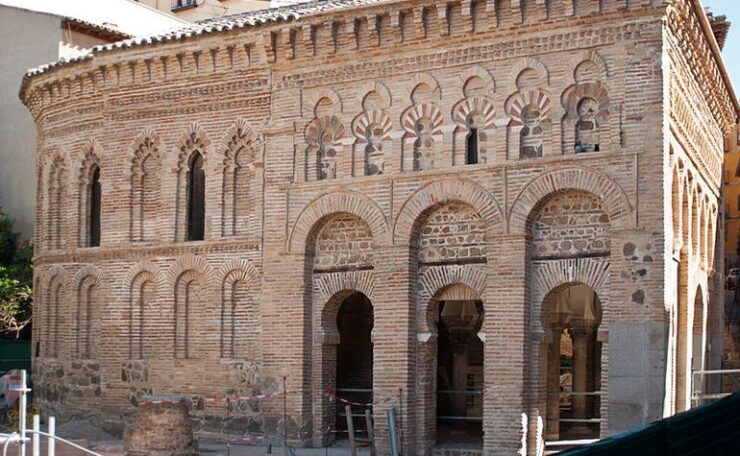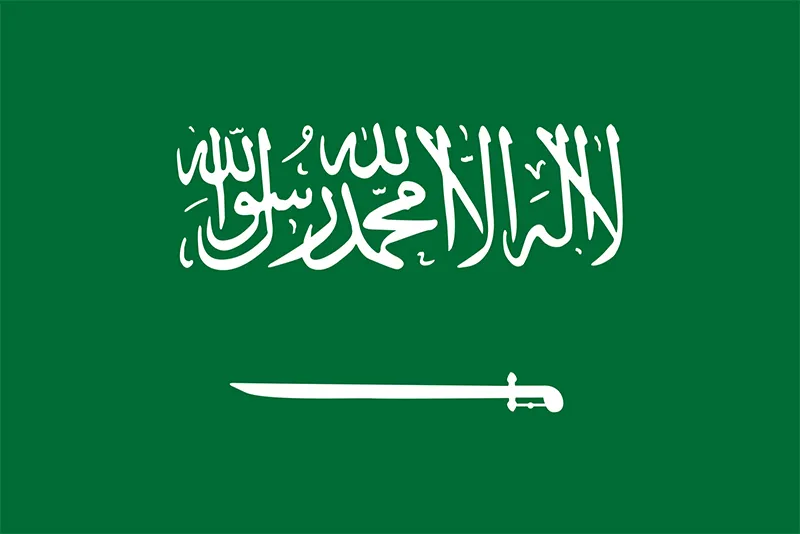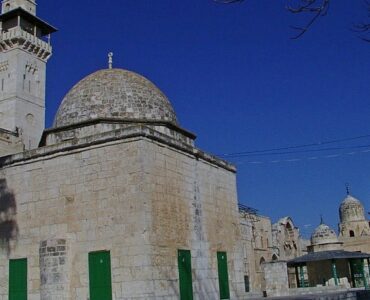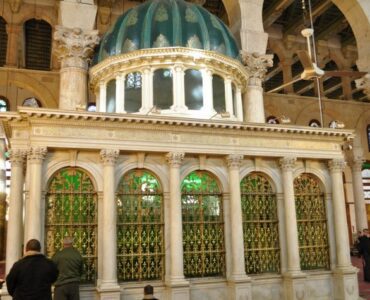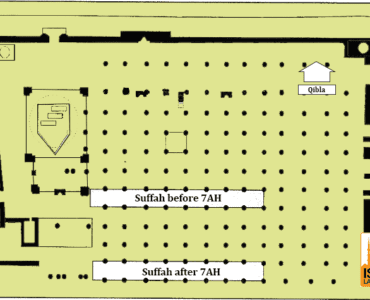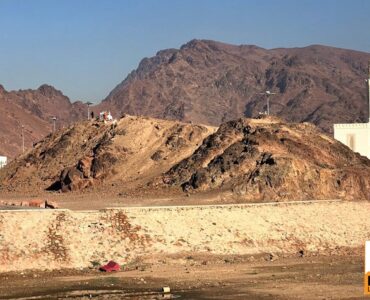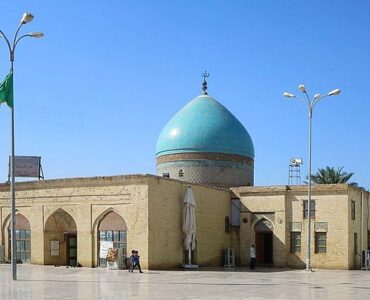Petite, simple, but captivating all the same, Mezquita del Cristo de la Luz has to be the first stop on any tour of Islamic Toledo. Originally named Bab al-Mardum, apparently meaning ‘the Bricked up Gate’, and situated in what was then the wealthiest neighbourhood of town, it is the best preserved of the ten mosques that once stood in Toledo.
- Built at the Caliphate’s peak in 999 CE, the Mesquita is unique, both in Western and Eastern Islamic art, for its Kufic inscription made of ordinary brick – a reflection of relative austerity of Toledo’s medieval architecture. The inscription reads: “In the name of Allah, Ahmad ibn Hadidi raised this mosque with his own money, seeking by it the reward of Allah in the next world. And it was concluded with the aid of Allah, under the direction of the architect Musa ibn Ali, and of Saada, being finished in Muharram of the year 390 Al (999 CE)”.
- The unusual shape is down to the 12 century extension and addition of a semi-circular apse at the back, considered to be the oldest existing example of Roman-Mudéjar art.
- The original 9×9 metres that constituted the mosque are distributed into nine vaulted spaces, each one crowned with a ribbed cupola featuring geometric decorations.
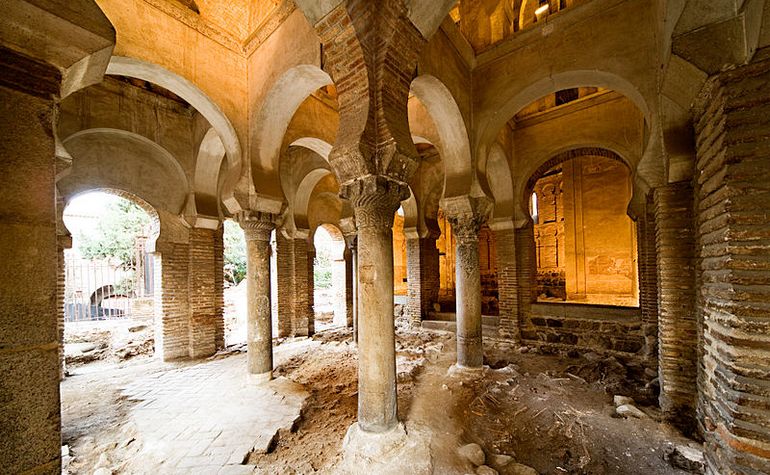

- Worshippers would enter through three arches at the front, each in a different style: maltifoil, rounded and horseshoe. Above these are interlocking brick arches, a frieze of sebqa (diamonds or rhombuses) and Kufic inscription – all typical early Moorish architectural features.
- On the sides of the mosque, the façade is decorated with multifoil arches framing small red and white striped arches, a visual reference to the Mezquita of Cordoba, which had just been built. A patio accessed from the Western entrance features a well called chart-bagh after the Persian custom that it was borrowed from, around which notches worn by the ropes that pulled up buckets of water can still be seen. This was most likely where ablutions were made before prayer.
- Elements of the Visigothic temple that once stood on this site are also still visible in the capitals supported by the horseshoe arches in the prayer space, offering a harmonious example of how the different civilisations that ruled Toledo continued to exert an influence.
- The nearby Puerta de Bab al-Mardum also dates back to the 10th century and is probably the oldest city gate in Toledo. The church has now been decentralised, and is commonly referred to as a Mezquita.
Reference: HUMA’s Travel guide to Islamic Spain

